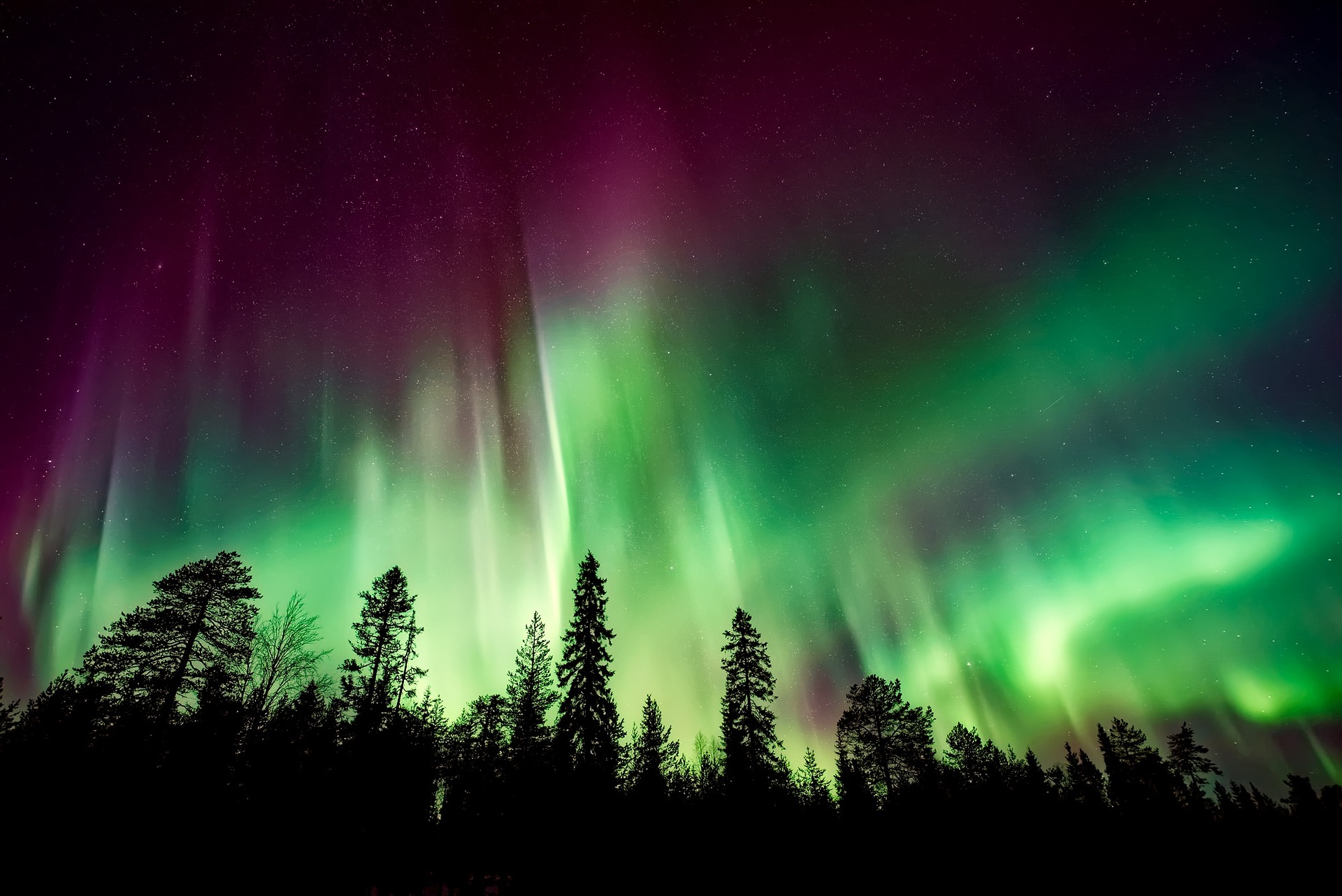The Northern Lights, also known as Aurora Borealis, have made a stunning return to the skies of the UK for the second night in a row on Monday, February 27. Reports have come in from Scotland, England, and Northern Ireland, and some sightings have even been reported as far south as Somerset, Cheshire, Lancashire and Dorset.
WOW. I never thought I would get to see the Northern Lights this far south in the UK, here in Dorset! What an incredible display at Knowlton Church tonight, absolutely unforgettable. #aurorauk #northernlights #aurora #auroraborealis #northernlightsuk #dorset pic.twitter.com/9mPfp5ITxt
— Robin Goodlad Photo (@Robin_Goodlad) February 28, 2023
According to the My Aurora Forecast app, the auroral borealis activity was expected to be at its peak between 10pm and 11pm. Social media has been buzzing with photos and videos of the phenomenon, with many people sharing their experiences of witnessing the magical display.
The Met Office has explained that the recent sightings were caused by the “strength” of a geomagnetic storm and the “strip of cloudless skies” in southern regions. It further elaborated that a coronal hole high-speed stream arrived on Sunday, followed by a “rather fast coronal mass ejection,” which led to the Northern Lights being visible across England, Wales, and Northern Ireland.
Dan Stroud, an operational meteorologist at the Met Office, said that there was a good chance of seeing the Northern Lights again on Monday night across parts of Wales, as another coronal mass ejection was expected. He added that the Aurora is once again possible to similar latitudes, perhaps as far south as central or southern England, but clear skies and a good view of the horizon would be necessary to witness it.
What are the northern lights?
The Northern Lights, also known as Aurora Borealis, are a natural phenomenon that occur when electrically charged particles from the sun collide with gases in the Earth’s atmosphere. These charged particles are constantly being released from the sun in the form of solar wind, and when they reach the Earth’s atmosphere, they interact with the gases, primarily oxygen and nitrogen.
This interaction causes the gases to emit light, which can take on a variety of colors such as green, red, blue, and purple. The exact color depends on the type of gas that is being ionized and the altitude at which the interaction occurs.
The Northern Lights are typically visible in regions close to the Earth’s magnetic poles, which is why they are often seen in places like Scandinavia, Iceland, and Canada. However, they can occasionally be visible further south, as was the case with the sightings in the UK.
The Northern Lights are considered to be one of the most beautiful natural wonders of the world and have fascinated people for centuries. They have been the subject of countless myths and legends, and have inspired artists and writers throughout history. Today, they remain a popular tourist attraction, with many people traveling to the far north to witness their beauty firsthand.




































